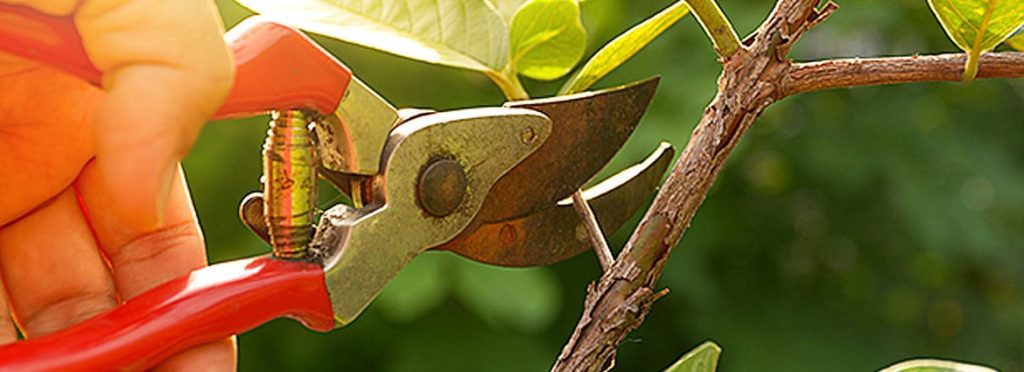
Pruning and trimming are vital tasks when it comes to maintaining the health, aesthetics, and overall well-being of plants and trees. These horticultural practices involve the selective removal of specific branches or parts of a plant, promoting better growth, enhanced structure, and increased longevity. When done correctly, pruning can have numerous benefits, such as improved plant health, increased fruit production, and enhanced visual appeal. However, neglecting to prune or pruning incorrectly can lead to various detrimental consequences.
When plants and trees are not pruned regularly, they can become overgrown and develop an unruly appearance. Overcrowded branches can impede sunlight penetration, obstruct air circulation, and create an environment conducive to the development of pests and diseases. Inadequate airflow can also result in the accumulation of moisture, leading to fungal infections and rot. Furthermore, the weight of overgrown branches can cause structural issues, making plants and trees more susceptible to damage during storms or high winds.
Pruning incorrectly is another common mistake that can have negative effects on plant health. Improper cuts can leave wounds that become entry points for pathogens, increasing the risk of infections. Tearing or ripping the bark instead of making clean cuts can hinder the plant’s natural healing process. Additionally, excessive pruning or removing too many branches at once can shock the plant, stunting its growth or even causing irreversible damage.
To ensure optimal results and avoid these pitfalls, it is crucial to follow proper pruning techniques. First and foremost, using sharp, sterilized tools is essential to make clean cuts and minimize the risk of infection. Pruning shears, loppers, and saws should be cleaned and disinfected before use. When making cuts, it is important to locate the branch collar—the swollen area where the branch connects to the trunk or parent branch—and make the cut just outside the collar, avoiding damage to the trunk or main branch.
Timing is another critical factor in successful pruning. The best time to prune can vary depending on the specific plant or tree species, but some general guidelines apply. For most deciduous trees and shrubs, late winter or early spring, before new growth begins, is an ideal time for pruning. This dormant period allows plants to heal quickly and minimizes the risk of disease transmission. On the other hand, flowering plants should be pruned after they have finished blooming, as many flower buds develop on old wood.
Pruning and trimming plants and trees are vital practices that should not be overlooked. Regular and proper pruning promotes healthier growth, enhances plant structure, and increases longevity. Neglecting to prune or pruning incorrectly can lead to issues such as overgrowth, disease susceptibility, and structural damage. By following correct pruning techniques and considering the appropriate timing, we can ensure the optimal health and beauty of our landscape plants and trees.
